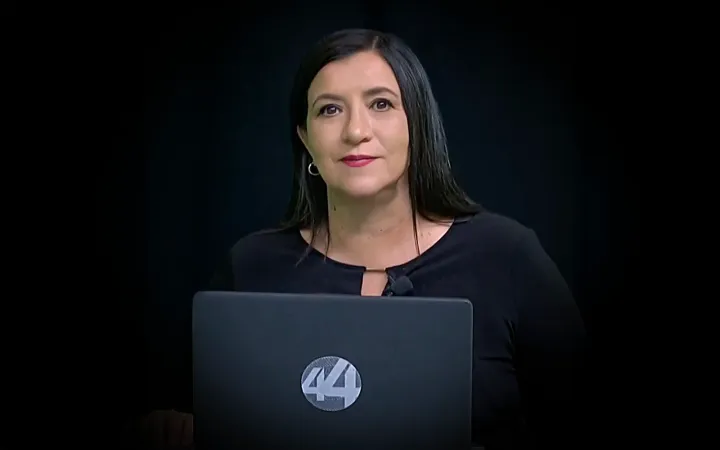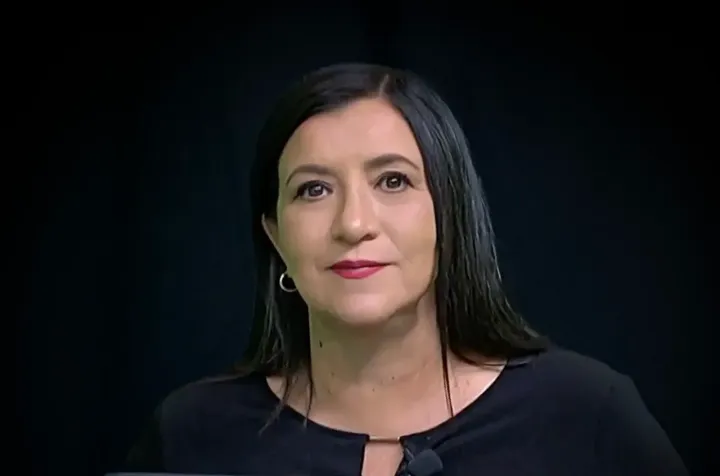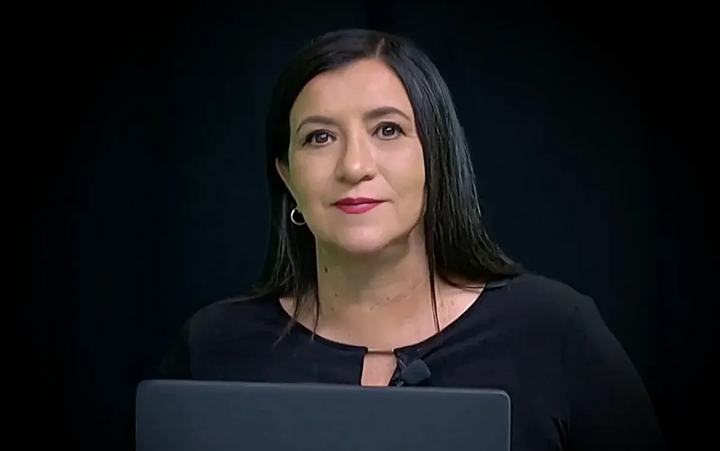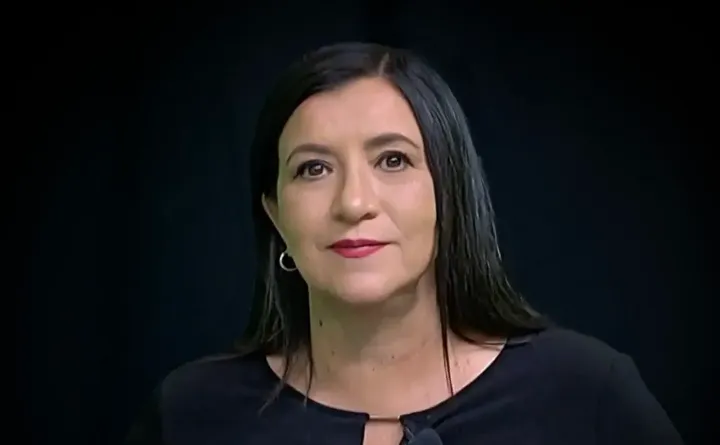Por Sonia Serrano Íñiguez
Desde hace varios años Jalisco ocupa el primer lugar nacional en desaparición de personas, el primer lugar nacional en cuerpos rescatados de fosas clandestinas y uno de los primeros lugares en número de fosas clandestinas. Además, durante el sexenio del emecista Enrique Alfaro Ramírez, que concluyó en diciembre del año pasado, se generó una grave crisis forense, con más de 6 mil cuerpos y segmentos humanos sin identificar, según han documentado colectivos.
Esto significa que el hallazgo del rancho Izaguirre, en el municipio de Teuchitlán es solo una pieza de un rompecabezas lleno de horror y dolor. Los jaliscienses gritaban desde hace varios años lo que se vive en la entidad, pero nadie escuchó.
El 11 de febrero de 2022 en el Registro Nacional de Personas Desaparecidas y no Localizadas, Jalisco rebasó los 16 mil desaparecidos. A partir de ahí, surgió una estrategia del gobierno del estado para borrar a los desaparecidos en las cifras. La primera acción fue una presunta “actualización” de los datos, con el pretexto de eliminar a las personas localizadas.
La decisión más significativa fue llevar un registro propio de desapariciones y dejar de enviar la información al registro nacional.
Académicos de la Universidad de Guadalajara que conforman el Comité Universitario de Análisis sobre Desaparición de Personas alertaron sobre lo delicado de este manejo. “Son graves omisiones que el gobierno de Jalisco no reporte desde marzo el número de personas que son desaparecidas en el Registro Nacional, y que no publique a tiempo la cantidad mensual de personas desaparecidas en el registro estatal”, manifestaron en un comunicado.
Ante la crisis de desapariciones los ayuntamientos se escondieron en su fragilidad institucional, el gobierno del estado argumentaba que las desapariciones estaban relacionadas con delitos federales y la Federación, al ser un estado gobernado por un partido político adversario, simplemente miró hacia otra parte.
Así, la población quedó al garete ante la violencia y la inseguridad y Jalisco se convirtió en tierra fértil para el Cártel Jalisco Nueva Generación, el más fuerte en el mundo actualmente, según algunos análisis.
Fue desde la academia y desde la sociedad civil que se empezó a analizar la crisis y, sobre todo, a actuar. Los colectivos asumieron las tareas que las autoridades no hacían para buscar, documentar e investigar. Algunos se especializaron: Familias Unidas por Nuestros Desaparecidos se volvieron expertos en trámites ante el Forense y hasta instalaron un módulo; Luz de Esperanza llenó los espacios públicos de fichas de búsqueda para socializar el problema e impulsar la búsqueda en vida, mientras Guerreros Buscadores salió a buscar fosas clandestinas.
Desde el Comité Universitario de Análisis sobre Desaparición de Personas, que coordina Carmen Chinas, surgió un proyecto encabezado por el sociólogo Jorge Ramírez, en el que participaron expertos en datos y periodistas para analizar la inexplicable crisis de desapariciones, utilizando los datos oficiales.
Suscríbete para leer la columna completa…




